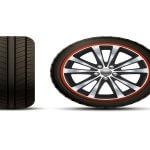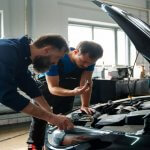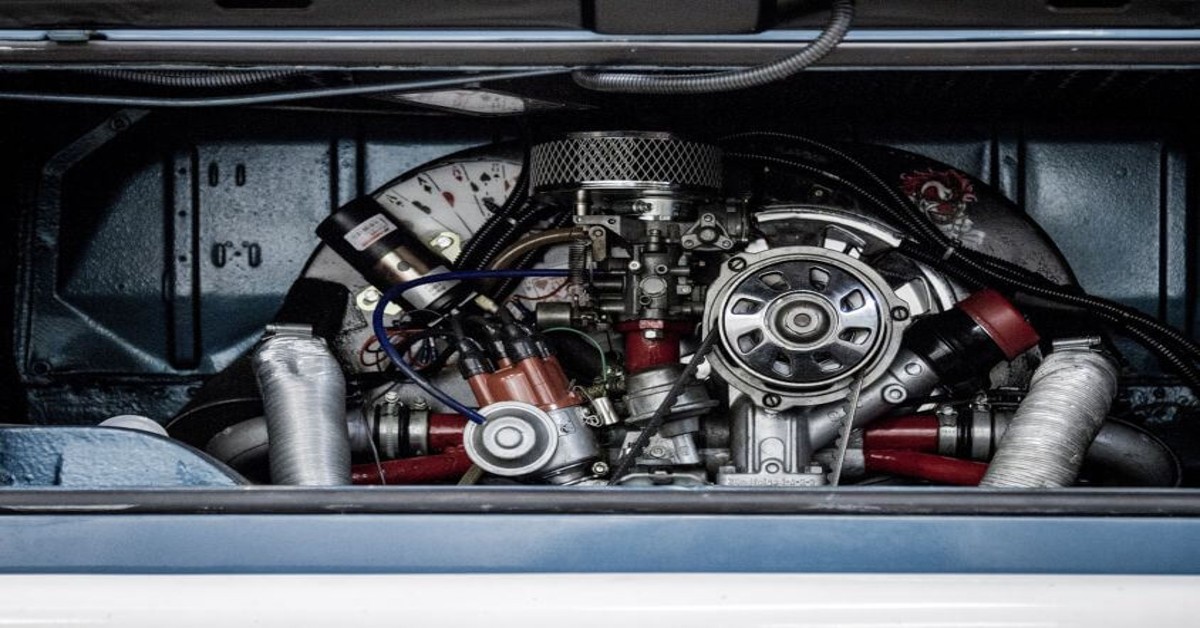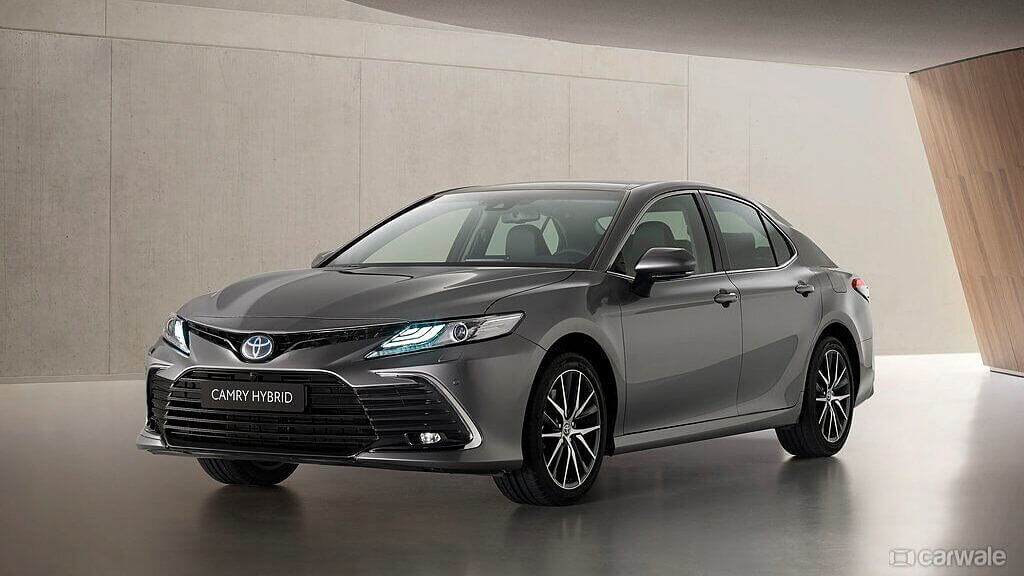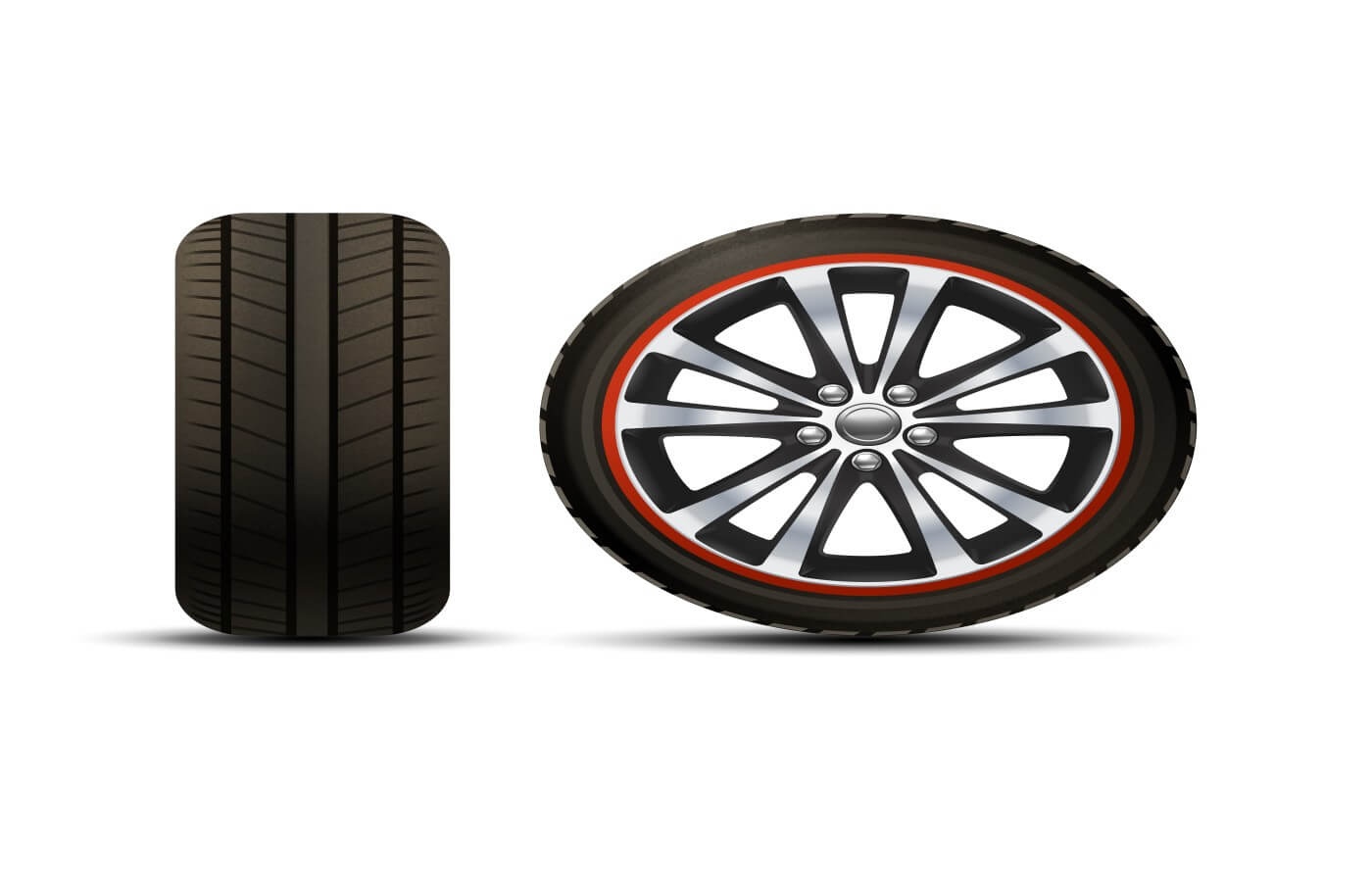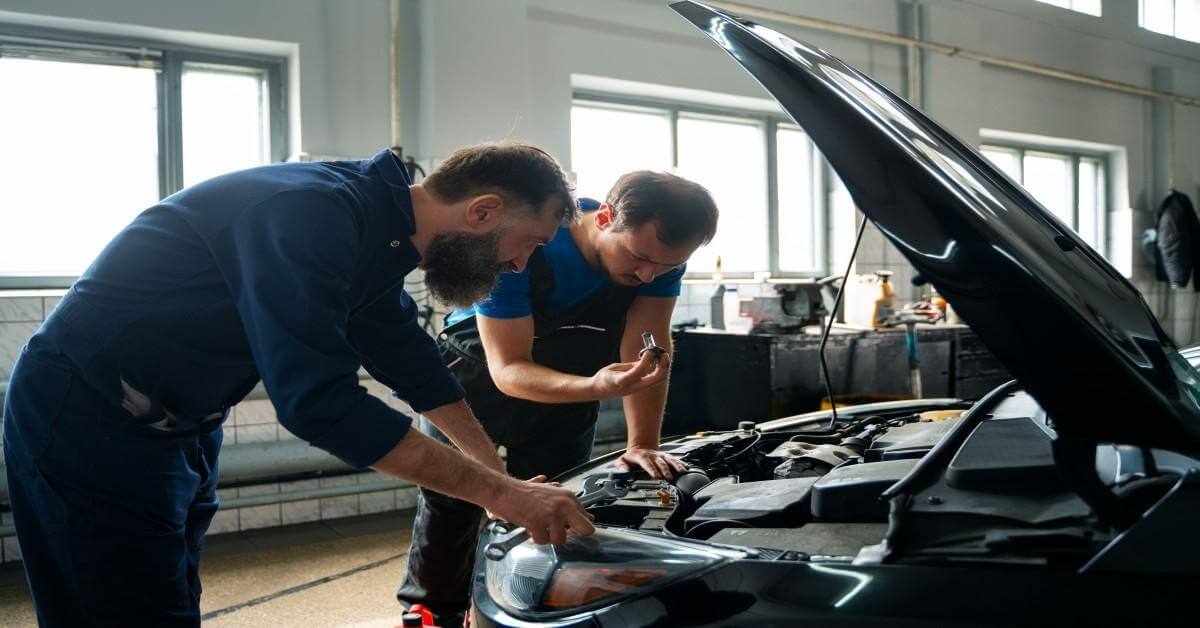Buying a car has never been easier, thanks to a large range of alternatives, rising purchasing power, and simple financing options. It’s also a lot less difficult to learn to drive.
What’s more difficult is comprehending the significance of maintaining the car in good working order. If you’re thinking about buying a new automobile or already have one, the names of car parts and components may seem alien.
Basic car knowledge and familiarity with vital car parts will go a long way toward assisting you in taking care of your vehicle as a car owner. Basic automotive knowledge, for example, can be useful if your car breaks down in the middle of nowhere.
Table of Contents
5 basic things every car owner should know
Here we are going to have a look at the basic car knowledge of these 5 things that every car owner should have:
Spare Tyre
One of the most basic things that any car owner should know is how to keep a spare tyre in the automobile. The spare tyre, of course, comes in handy whenever you get a flat.
As a result, it is critical for a vehicle owner to become familiar with the tools required to change the wheel. It’s also critical to keep the spare wheel in good working order.
which includes making sure the tyre is properly inflated and free of any cracks or bulges. The jack is the most important part of the wheel change because it manages the vehicle’s total weight for you. As a result, ensure that it is in good functioning order.
Car Fluids
It’s not just the engine oil that needs to be looked after. Many additional fluids should be updated or topped up at the specified intervals by the manufacturer. The following are the five most important automotive fluids:
- Engine Oil
- Coolant
- Power Steering Fluid
- Brake Fluid
- Windshield Washer Fluid
Engine Oil
Engine oil completely overlooks the importance of oil in the lubrication, cooling, and cleaning of your car’s engine. As a result, not using the proper engine oil grade and quantity will result in three things:
thermal degradation (lacquer and carbonaceous deposits), oxidation (varnish and sludge), and compressive heating (soot and tar).
These items will accumulate in your car’s engine, generating friction between critical components. As a result, there will be more wear and tear, resulting in lower mileage and unscheduled repair.
Wiper Blades for Windshields
Keeping the windshield wiper blades in good condition is one of the most basic things to know about autos. Those who have driven in the rain with worn-out wiper blades understand the aggravation that faulty wipers can cause.
Wiper blades are one of the most important components of a car that many drivers overlook until they are forced to drive in the rain with an obstructive windscreen.
Wiper blades, on average, lose their effectiveness after six months. It’s worth noting that the rubber on your wiper blades tends to harden as a result of the high temperatures.
they’re exposed when your automobile is parked in the sun. The windshield is not thoroughly cleaned with harder rubber.
Tyre Pressure
Regardless of how powerful your car’s engine is, the tyres are the ones who put that power down on the road. Unfortunately,
the tyre of a car is still one of the most disregarded components by most drivers. One of the most efficient strategies to extend the life of your tyres is to maintain proper tyre pressure.
Tyre maintenance is also fundamental automobile knowledge. Many car owners believe that overinflation can improve handling while also increasing fuel efficiency.
Overinflation, on the other hand, causes accelerated wear and tear. Overinflation causes a rough ride and puts more strain on the suspension components.
While overinflated tyres may result in somewhat lower fuel usage, the numerous drawbacks are not worth it. Underinflation causes decreased performance, increased fuel consumption, and greater tyre wear and tear.
Basic knowledge of car parts
Having knowledge about basic car parts is equally important as having knowledge about the other things of a car. Let’s have a look at some of those:
Also Read:https://vehiclecare.in/blaze/best-resale-value-cars-in-india/
Engine
An automobile’s engine is its beating heart. It is a vehicle’s powertrain. It’s also known as an IC engine (Internal Combustion Engine).
The car is propelled by the combustion of an air-fuel mixture and the conversion of that energy into mechanical energy. Other components of an engine include pistons, camshafts, crankshafts, and so on.
Clutch
A clutch, in simple terms, serves as a link between the engine and the transmission. It aids in the engagement and disengagement of the power transfer to the gearbox.
To put it another way, the clutch assists in stopping the wheels from rotating without turning off the engine. A clutch pedal, clutch plates, a flywheel, and other components make up the clutch system.
In a manual transmission, the driver must manually engage the clutch. In an automated transmission, the clutch is controlled by the system.
Transmission
A car’s transmission, commonly known as a gearbox, is an important component. It is the component that distributes the engine’s energy to the wheels.
It consists of a succession of gears with varying ratios. Depending on the driving conditions, the driver can select a smaller or larger gear.
Furthermore, manual and automatic transmissions are available. The driver can shift speeds manually using a manual transmission.
Automatic transmissions, on the other hand, make the gear shifts for you. CVT, DCT, and other automatic gearboxes are examples.
Alternator
The alternator both charges the battery and provides electricity to the vehicle’s electrical system. The mechanical energy created by the car’s movement is used by an alternator to generate electricity.
It uses an alternating current to convert mechanical energy to electrical energy. The alternator may be at blame for some battery problems.
Battery
The automobile battery is the component that first powers the vehicle. The automobile will not start without it. It turns chemical energy into electrical energy to supply the engine and other electrical components with the power they require.
A battery is required to start the engine because it also powers the starter motor. The battery is usually found under the hood, in the engine bay. The positive (+) and negative (-) markings on the terminals make it easy to identify the battery.
Car engine basic knowledge
As we all know, the engine is the heart of a car. Therefore, having basic knowledge about your car’s engine is vital for every car owner. Let’s have a look at some basic car engine knowledge:
Cylinder Block
An engine’s basis is the engine block. Although most engine blocks are made of aluminium alloy, certain manufacturers still employ iron.
Because of the many holes or tubes called cylinders that are cast into the integrated construction, the engine block is also known as the cylinder block.
The pistons of the engine slide up and down in the cylinder. An engine’s power increases as the number of cylinders increases.
Other ducts and tunnels are built into the block in addition to the cylinders, allowing oil and coolant to flow to various areas of the engine.
Combustion Chamber
In an engine, the magic happens in the combustion chamber. It’s the point at which fuel, air, pressure, and energy combine to create a little explosion that propels the car’s pistons up and down, generating the power to move the vehicle.
The cylinder serves as the combustion chamber’s wall, the piston’s top serves as the combustion chamber’s floor, and the cylinder head serves as the combustion chamber’s ceiling.
Piston
Pistons resemble soup cans turned upside down. When the fuel in the combustion chamber ignites, the force pushes the piston downward, which causes the crankshaft to rotate.
A connecting rod, often known as the con rod, connects the piston to the crankshaft. A piston pin connects it to the connecting rod, which in turn connects to the crankshaft through a connecting rod bearing.
Three or four grooves are cast into the metal on the top of the piston. Piston rings are inserted into the grooves. The piston rings are the parts of the piston that make contact with the cylinder walls.
Compression rings and oil rings are two types of compression rings composed of iron. The top rings are the compression rings, which press outward on the cylinder walls to form a strong seal for the combustion chamber.
The bottom ring of a piston is the oil ring, which keeps oil from the crankcase from entering the combustion chamber. Excess oil is also wiped down the cylinder walls and into the crankcase.
Cylinder Head
A cylinder head is a metal component that sits on top of the engine’s cylinders. Small, rounded indentations are cast into the cylinder head to make room for combustion at the top of the chamber.
The junction between the cylinder head and the cylinder block is sealed by a head gasket. The cylinder head also houses the intake and exhaust valves, spark plugs, and fuel injectors.
Crankshaft
The crankshaft is responsible for converting the pistons’ up and down motion into rotational motion, which allows the car to drive.
The crankshaft usually fits near the bottom of the engine block, longitudinally. It stretches from one end to the other of the engine block.
The crankshaft connects to rubber belts that connect to the camshaft and supply power to various elements of the car at the front end of the engine; the camshaft connects to the drive train at the back end of the engine,
which distributes power to the wheels. Oil seals, often known as “O-rings,” are located at each end of the crankshaft and prevent oil from leaking out of the engine.
On an engine, the crankshaft is located in the crankcase. Underneath the cylinder block lies the crankcase. Outside items are protected from the crankshaft and connecting rods by the crankcase.
Your engine’s oil is stored in the oil pan, which is located at the bottom of the crankcase. An oil pump is located inside the oil pan, and it pushes oil through a filter before squirting it on the crankshaft,
connecting rod bearings, and cylinder walls to lubricate the piston stroke action. The oil ultimately drips back into the oil pan, starting the process all over again.
Balancing lobes run the length of the crankshaft, acting as counterweights to keep the crankshaft balanced and avoid engine damage from wobbling as it rotates.
The major bearings are also located along with the crankshaft. The main bearings offer a smooth surface for the crankshaft to spin on between the engine block and the crankshaft.




